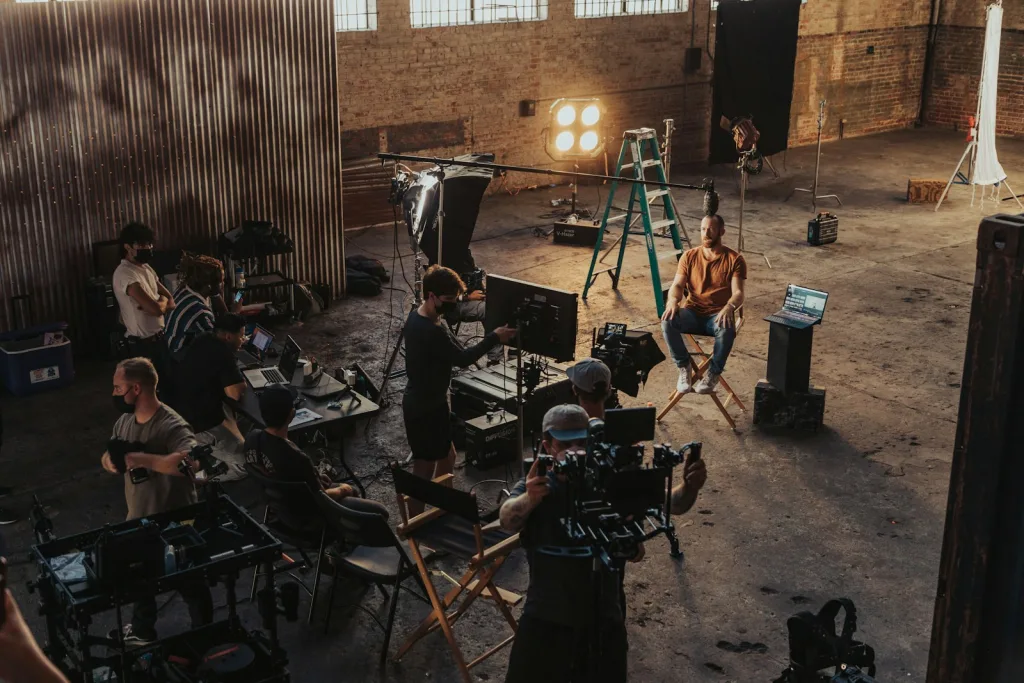
The filmmaking industry has undergone substantial transformations with the advent of new technologies. From the ways films are shot and edited to how they are distributed and consumed, technology continues to shape the landscape of cinema. This article explores the significant trends and technologies impacting filmmaking today and their potential future influence, providing insight for filmmakers, industry professionals, and cinema enthusiasts.
1. The Rise of Streaming Platforms
Changing Distribution and Viewing Patterns
- Overview: The surge in streaming services like Netflix, Amazon Prime, and Disney+ has revolutionized film distribution, making it easier for filmmakers to reach global audiences.
- Impact: These platforms are not only changing how viewers access and watch films but are also influencing the types of content being produced, with an increasing emphasis on diverse, original programming.
2. Virtual and Augmented Reality
Enhancing Immersive Experiences
- Current Use: VR and AR are being increasingly integrated into the filmmaking process, offering new ways to create immersive narratives and experiences.
- Future Potential: As the technology becomes more refined, expect to see more films not just using VR and AR for effects, but also for storytelling, potentially revolutionizing genres like horror and adventure.
3. High Frame Rate (HFR) Technology
Improving Clarity and Realism
- Advancements: High frame rates, such as those used by Peter Jackson in “The Hobbit” trilogy, provide smoother and more lifelike images, greatly enhancing visual quality.
- Challenges: While HFR offers improved visuals, it also requires changes in traditional filming techniques and has met with mixed audience reactions.
4. Artificial Intelligence in Filmmaking
Streamlining Production and Post-Production
- Applications: AI is increasingly used in scriptwriting, editing, cinematography, and even in making creative decisions, helping to streamline various aspects of production.
- Implications: As AI technology advances, it could lead to significant reductions in production costs and time, although concerns about the loss of creative input remain.
5. 3D Printing
Revolutionizing Set and Prop Design
- Utilization: 3D printing allows for the rapid prototyping and production of props and set pieces, offering filmmakers unprecedented flexibility and speed in bringing visual ideas to life.
- Benefits: This technology not only reduces costs but also lowers the environmental impact of filmmaking by minimizing waste.
6. Drone Cinematography
Offering New Perspectives
- Capabilities: Drones have opened up new possibilities for capturing aerial shots and dynamic action scenes that were previously impossible or prohibitively expensive.
- Regulations: Filmmakers must navigate a complex web of regulations concerning drone usage, which can vary significantly by country or region.
7. Digital Video Effects (VFX)
Pushing the Boundaries of Reality
- Trends: Advances in VFX technology allow filmmakers to create more sophisticated and realistic effects that are seamlessly integrated into live-action footage.
- Future Trends: Ongoing innovations in machine learning and software development promise to make VFX more accessible to filmmakers, potentially democratizing high-quality visual effects production.
Conclusion
Technology continues to be a powerful driver of change in the filmmaking industry, affecting every stage of the filmmaking process. By staying informed about these technologies and trends, filmmakers can better adapt and thrive in this dynamic environment.
